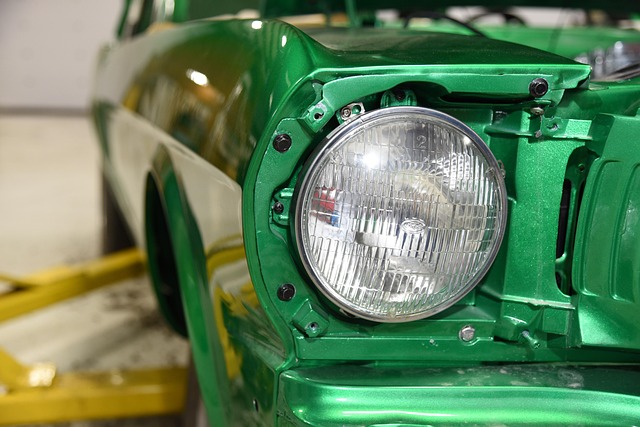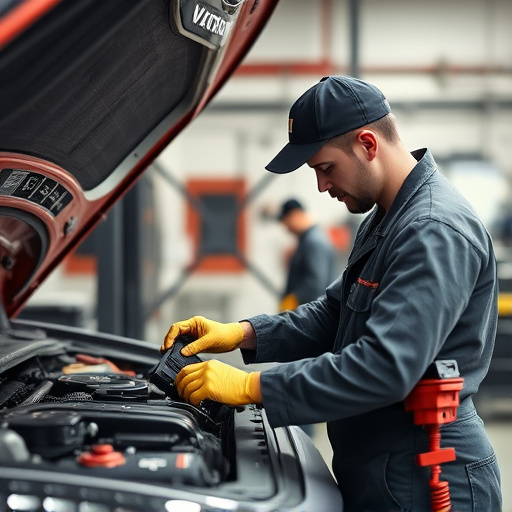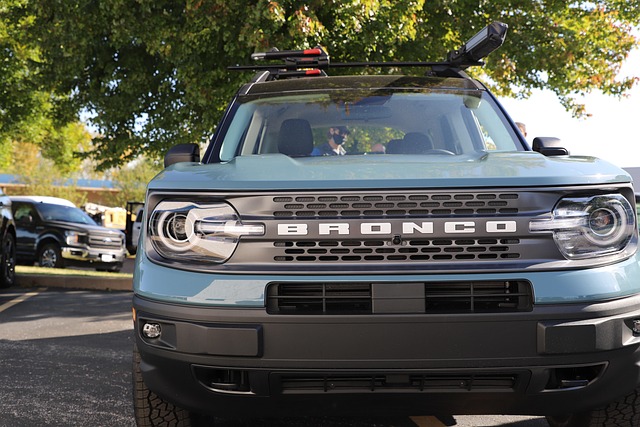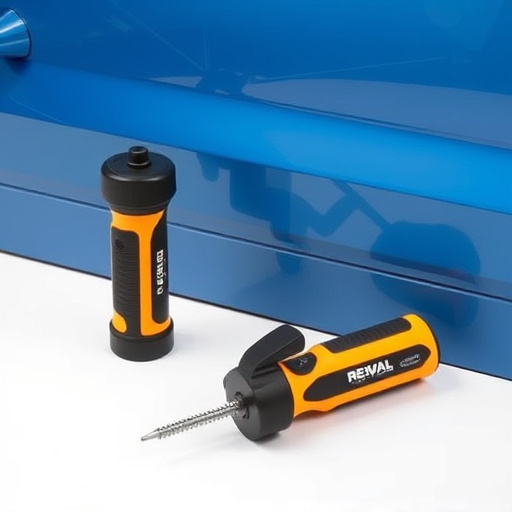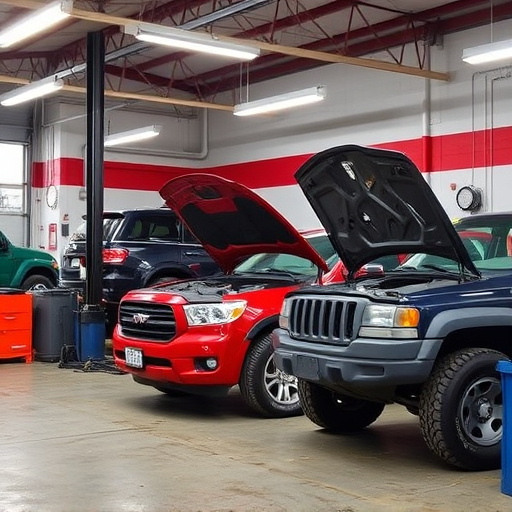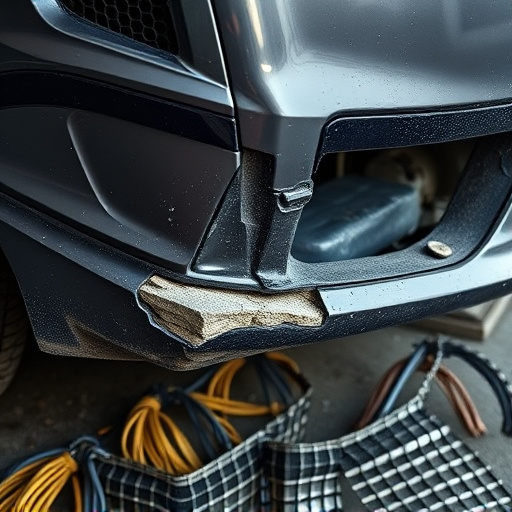TL;DR:
Mercedes radar recalibration is a safety-critical process that aligns radar angles with OEM specs, ensuring optimal performance for ADAS features like adaptive cruise control and lane-keeping assist. After car repairs or collisions, this involves examining, adjusting, and rigorously testing the radar system. Top shops prioritize this step to guarantee peak efficiency in safety systems, enhancing driver confidence and road safety. Correct calibration prevents hazards by providing accurate data for life-saving technologies, ultimately improving the driving experience.
Mercedes radar recalibration is a crucial process that aligns radar angles with original equipment manufacturer (OEM) specifications. This technology fine-tunes the vehicle’s sensing capabilities, ensuring optimal safety and performance. By calibrating the radar, Mercedes-Benz vehicles can accurately detect and respond to surroundings in real time, enhancing driver confidence and roadworthiness. This article delves into the process, its significance, and provides a step-by-step guide for accurate recalibration.
- Understanding Mercedes Radar Recalibration: The Process and Its Significance
- Why Aligning Radar Angles with OEM Specifications is Crucial for Safety and Performance
- Step-by-Step Guide: How to Ensure Accurate Mercedes Radar Recalibration
Understanding Mercedes Radar Recalibration: The Process and Its Significance
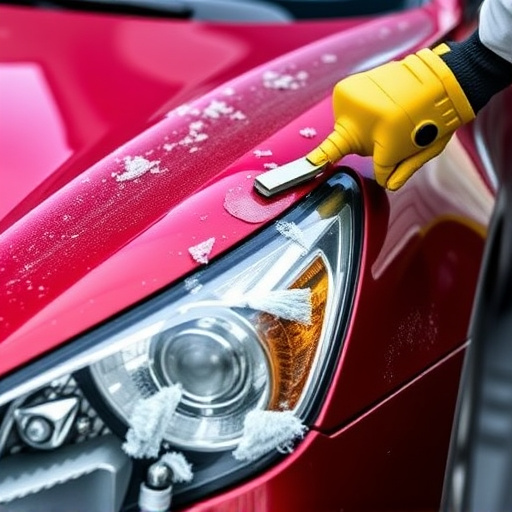
Mercedes radar recalibration is a crucial process that aligns the radar angles of a vehicle’s safety systems with the original equipment manufacturer (OEM) specifications. This sophisticated procedure ensures that the car’s advanced driver-assistance systems (ADAS), such as adaptive cruise control, lane-keeping assist, and collision avoidance, function optimally and in accordance with Mercedes-Benz standards. By calibrating the radar, technicians can accurately adjust the sensor’s field of view, ensuring it covers all necessary areas for safety features to operate seamlessly.
The process involves several steps, including examining the radar system, adjusting its orientation and angles, and verifying performance through rigorous testing. This meticulous recalibration is particularly important after a car body repair or collision repair, as these events may have altered the vehicle’s structural integrity, potentially affecting sensor alignment. A top-notch vehicle body shop will prioritize Mercedes radar recalibration to guarantee that safety systems function at peak performance, enhancing both driver confidence and road safety.
Why Aligning Radar Angles with OEM Specifications is Crucial for Safety and Performance
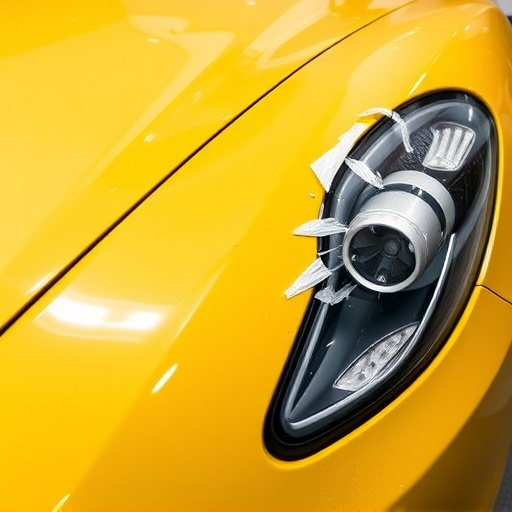
In the realm of automotive technology, Mercedes radar recalibration plays a pivotal role in ensuring both safety and optimal performance. When it comes to radar systems, precise alignment is key. Each vehicle manufacturer, such as Mercedes-Benz, has specific design parameters for their radar sensors, including angle settings, to guarantee reliable functionality under various driving conditions. Aligning these radar angles with Original Equipment Manufacturer (OEM) specifications is a critical step in maintaining the system’s accuracy and effectiveness.
This recalibration process involves meticulously adjusting the radar sensor’s orientation to match the OEM guidelines. It ensures that the vehicle’s advanced driver-assistance systems (ADAS), like adaptive cruise control and lane-keeping assist, function optimally. Moreover, it prevents any potential safety hazards associated with incorrect radar angles, which could lead to inaccurate data input for these life-saving technologies. Thus, for top-notch auto body services and comprehensive vehicle repair services, keeping the Mercedes radar recalibration in check is essential, ensuring a seamless driving experience without compromising on safety.
Step-by-Step Guide: How to Ensure Accurate Mercedes Radar Recalibration
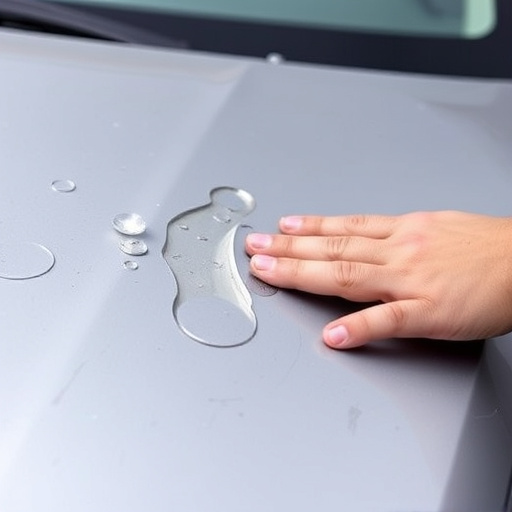
Ensuring accurate Mercedes radar recalibration is a meticulous process that requires precision and attention to detail. Here’s a step-by-step guide for achieving optimal results:
1. Safety First: Begin by ensuring your vehicle is parked on a level surface with all necessary safety precautions in place. This includes engaging the parking brake and blocking wheel to prevent any movement during the recalibration process.
2. Access the Radar System: Locate the radar sensors, typically found at the front of the vehicle. Accessing these sensors safely is crucial for accurate adjustments. Remember, incorrect handling could lead to damage or malfunction.
3. Inspect OEM Specifications: Refer to the original equipment manufacturer (OEM) specifications for your Mercedes model. These guidelines provide the exact angles and positioning required for optimal radar performance. Compare these with your current system to identify any deviations.
4. Adjust Radar Angles: Using the OEM specs as a reference, adjust the radar angles to match the prescribed measurements. This step demands precision, so consider using calibration tools designed specifically for Mercedes vehicles to ensure accuracy.
5. Test and Verify: After making adjustments, perform a series of tests to verify the recalibration’s effectiveness. Drive at varying speeds and under different weather conditions to ensure consistent and accurate radar performance.
6. Professional Support (If Needed): If you encounter any complexities or uncertainties during the process, don’t hesitate to seek help from reputable auto repair services specializing in Mercedes vehicles. Their expertise in vehicle restoration can be invaluable for achieving perfect recalibration.
Mercedes radar recalibration is a critical process that ensures the vehicle’s radar system functions optimally, enhancing both safety and performance. By aligning radar angles with original equipment manufacturer (OEM) specifications, owners can benefit from improved accuracy in adaptive cruise control, lane-keeping assist, and collision avoidance systems. This meticulous adjustment guarantees that the radar senses and interprets surroundings precisely, creating a safer driving experience. With the right recalibration techniques, Mercedes owners can take full advantage of their vehicle’s advanced driver-assistance systems (ADAS) capabilities.


